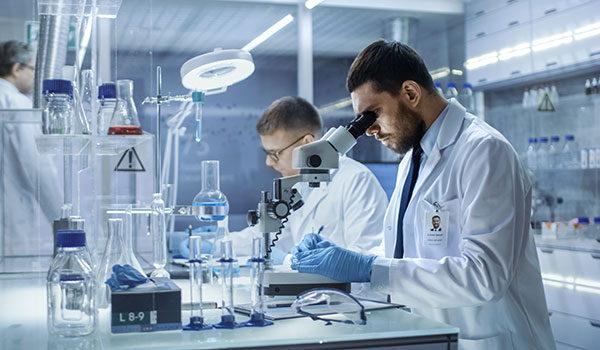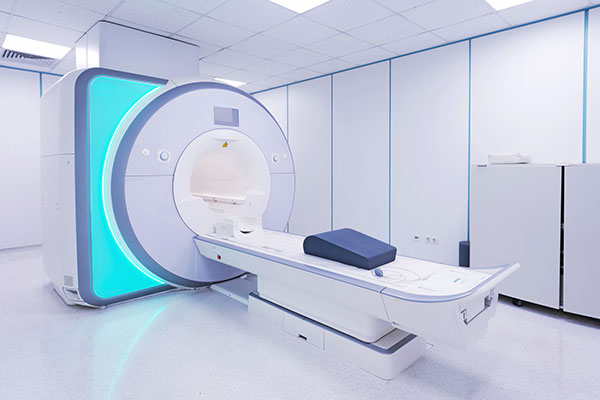Laboratory water generation solutions

UK Gas Technologies Ltd, which comprises Puretech Process Systems Ltd, Medical Gases Ltd and Microgas Systems Ltd, was acquired by Indutrade on 17th September 2020.
Water for Injection Using Membrane Technology

In April 2017 the European Pharmacopeia’s (EP) revised monograph for Water for Injections (0169) became effective allowing the use of other methods for production of WFI beyond distillation.
Ensuring the safe use of MRI scanners

UK Gas Technologies Ltd, which comprises Puretech Process Systems Ltd, Medical Gases Ltd and Microgas Systems Ltd, was acquired by Indutrade on 17th September 2020.

